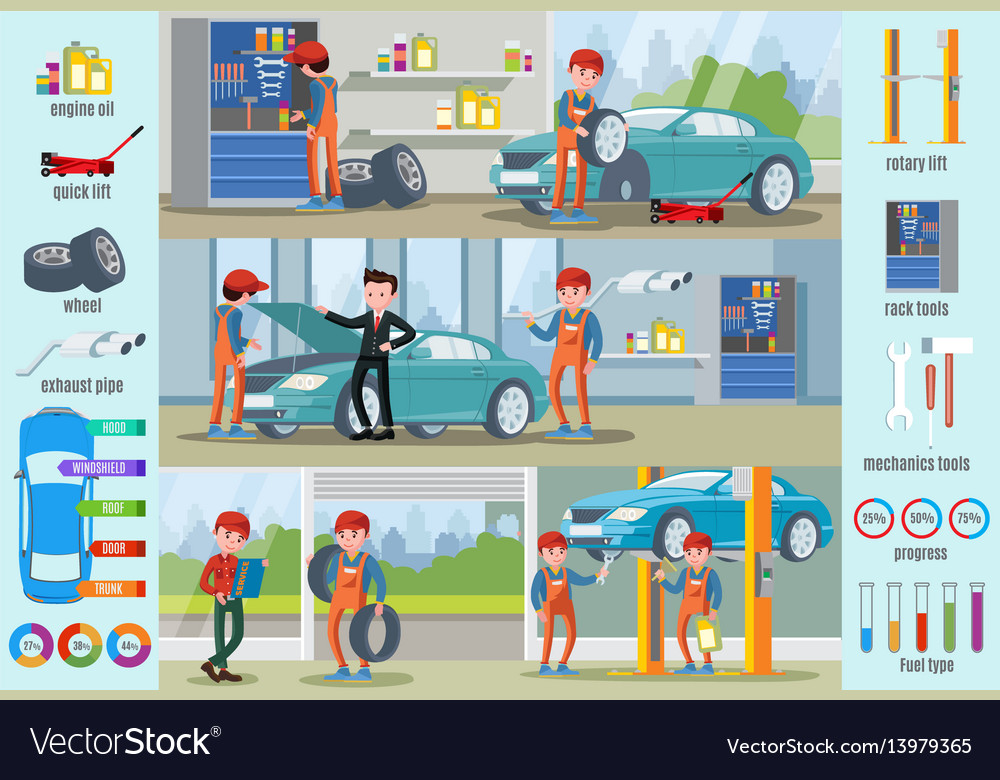Analyzing Your Automobile'S Alert Lights: Their True Implications
Analyzing Your Automobile'S Alert Lights: Their True Implications
Blog Article
Material Writer-Faulkner Winters
When you're behind the wheel, those beautiful caution lights on your control panel can be a bit complicated. Do you recognize what they're trying to tell you about your vehicle's wellness? Recognizing the value of these lights is important for your security and the durability of your automobile. So, the following time one of those lights pops up, would not you want to understand its message properly and take the necessary actions to address it?
Common Caution Lights and Interpretations
Recognize usual warning lights in your auto and understand their meanings to guarantee risk-free driving.
The most common caution lights consist of the check engine light, which signals concerns with the engine or exhausts system. If this light begins, it's important to have your vehicle examined immediately.
The oil stress warning light shows low oil stress, needing instant attention to prevent engine damage.
A blinking battery light could recommend a faulty billing system, possibly leaving you stranded if not attended to.
The tire stress tracking system (TPMS) light notifies you to reduced tire pressure, influencing vehicle stability and fuel effectiveness. Overlooking this could lead to unsafe driving problems.
The abdominal light indicates a problem with the anti-lock stopping system, endangering your capacity to stop rapidly in emergencies.
Last but not least, the coolant temperature level alerting light warns of engine getting too hot, which can lead to severe damages if not resolved swiftly.
Recognizing these usual caution lights will certainly assist you deal with concerns promptly and preserve secure driving conditions.
Value of Prompt Attention
Understanding the typical caution lights in your vehicle is just the first step; the relevance of without delay dealing with these warnings can't be highlighted sufficient to ensure your security when driving.
When a warning light illuminates on your control panel, it's your vehicle's means of interacting a potential problem that requires interest. Ignoring these warnings can cause extra serious problems later on, endangering your security and potentially costing you much more in repairs.
Trigger interest to cautioning lights can avoid malfunctions and accidents. For instance, a blinking check engine light could show a misfire that, if left ignored, can create damage to the catalytic converter. Addressing van valeting near me can conserve you from an expensive repair service.
In a similar way, a brake system warning light may signal reduced brake liquid or used brake pads, essential parts for your safety and security when driving.
DIY Troubleshooting Tips
If you see a caution light on your control panel, there are a few DIY troubleshooting suggestions you can try prior to seeking professional help.
The primary step is to consult your vehicle's manual to recognize what the details caution light suggests. Occasionally the problem can be as basic as a loose gas cap setting off the check engine light. Tightening simply click the following internet page might deal with the issue.
An additional typical concern is a reduced battery, which can cause numerous alerting lights. Examining the battery links for deterioration and ensuring they're safe may repair the trouble.
If a caution light lingers, you can try resetting it by detaching the automobile's battery for a few mins and then reconnecting it. Furthermore, examining your automobile's fluid levels, such as oil, coolant, and brake liquid, can assist repair cautioning lights related to these systems.
Conclusion
In conclusion, recognizing your vehicle's warning lights is necessary for maintaining your vehicle running smoothly and safely. By immediately resolving these alerts and understanding what they mean, you can stay clear of expensive repair work and prospective malfunctions.
Bear in mind to consult your auto's guidebook for certain details on each alerting light and act accordingly to make sure a trouble-free driving experience.
Remain informed, stay secure when traveling!
